Corporate sustainability has never been more prominent. Companies are realizing the need to run their business in an environmentally, socially, and economically responsible way. But, there’s a problem. Experts say many corporate sustainability programs aren’t sustainable.
Due to a variety of challenges like lack of leadership and inability to measure success, many companies approach sustainability in a haphazard way. As a result, many programs fizzle out.
To make sustainability is sustainable, here’s a look at five challenges – and solutions – to make sure your eco-friendly efforts not only continue but grow.
Challenge #1: No one is in charge
When a company takes on a project, a leader or supervisor is appointed to oversee it. For some reason, this simple business concept isn’t applied to green initiatives. At many companies, green projects are “free-floating” projects that no one owns. As a result, the program grows stagnant or is ignored altogether.
Solution: Appoint a sustainability supervisor, or better yet, create a sustainability committee to oversee current programs and create new ones.
Challenge #2: Lack of buy-in
For sustainability to work, everyone has to participate. Sometimes, one of the biggest challenges is getting buy-in from certain departments. Research shows 65% of companies have a hard time getting management to buy in to sustainable practices, according to the University of Colorado. In cases where upper management is on board, 47% of companies say getting employees to participate is a struggle.
Solution: To get top-level participation, present the facts. Leaders tend to respond to facts and figures, so make an appointment and state your case.
To get employees on board, make them part of the conversation. Talk about sustainable practices that apply to your company and ask employees to create solutions. Engagement is key for employee buy-in.
Challenge #3: Measuring success
Companies are data-driven machines. Examining profits, loss, investments – it’s their thing. When it comes to measuring the success of green initiatives, it’s harder to measure. It’s one of the reasons why companies only take on simple projects.
Solution: Look for out-of-the-box KPIs to measure the effectiveness of your programs. The cost of waste removal and energy, for example, should decrease. Other metrics like employee engagement and customer satisfaction should increase. Track the number of new partnerships that stem from green initiatives and track company participation in community outreach events.
Challenge #4: Finding eco-friendly suppliers
Being fully sustainable means working with eco-conscious vendors, and finding them can take time. The time commitment is one of the reasons companies often skip this piece of the sustainability chain.
Solution: To start, talk with your current vendors and suppliers. See what measures they’re taking. If they’re not making the strides you’d like to see, ask if they plan to make them in the future.
Research does take time, but you can make it a more efficient process by getting organized. Make a checklist of eco-features you want from suppliers, task employees with researching current vendors and finding potential new ones. Provide all of the research to one person to take decisive action.
Challenge #5: Educating consumers
Customers reward companies that make a commitment to the environment and the community. Some companies keep their efforts quiet, but that’s a mistake. If you’re doing good, it’s something your customers should know about.
Solution: Create marketing campaigns that share your green initiatives. For example, share a picture of employees recycling, post all of your sustainability policy on your website, put a one-line eco-promise on everyone’s business card, or invite the community to a charitable event like planting a public garden.
Sustainability can be sustainable, but only if everyone in the company makes an effort. With these solutions, companies can propel their green initiatives into the future.







